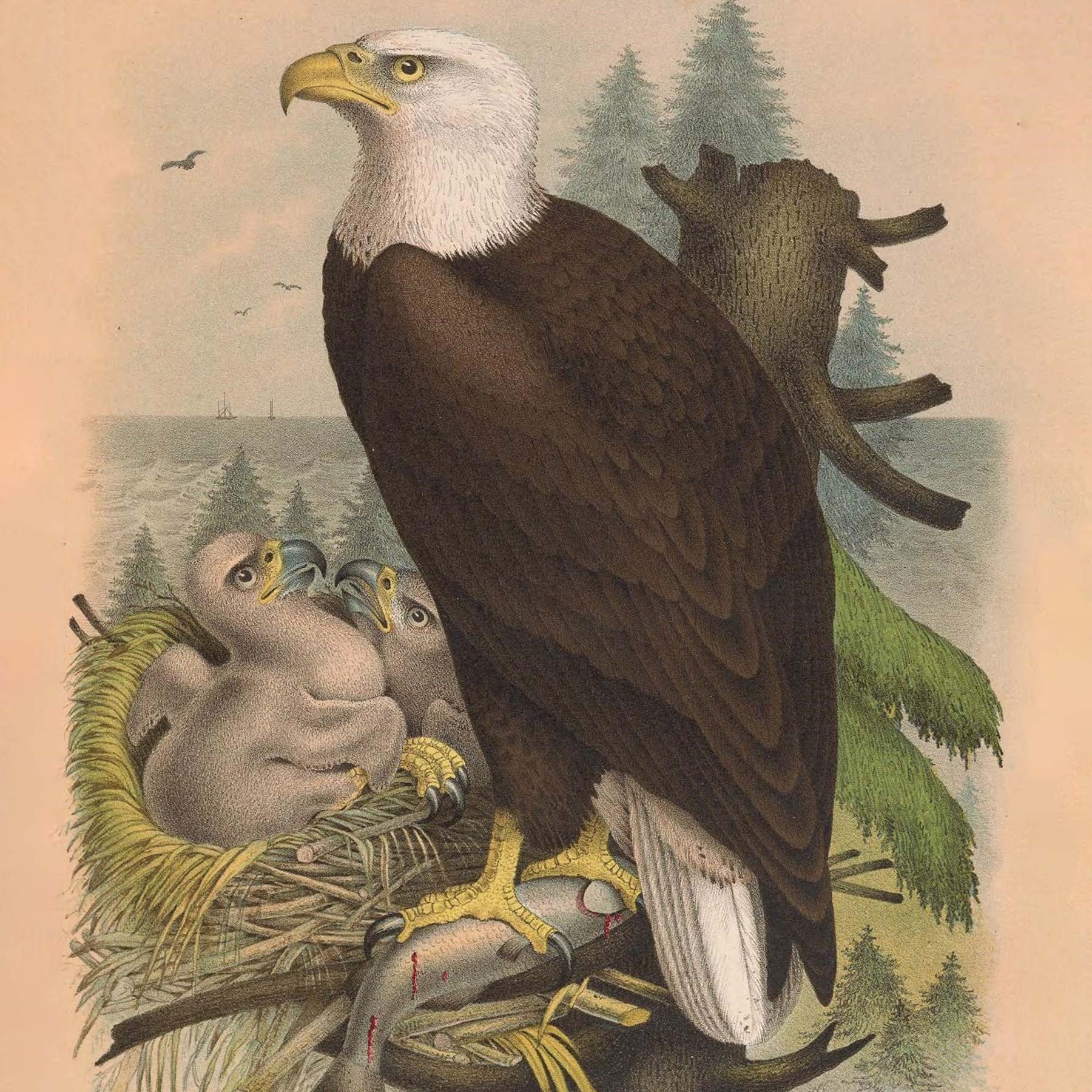Spiritual Elements in Still Life Paintings
|
Still Life With Cherries and Strawberries in China Bowls - Osias Beert
|
Contextualising Food In Still Life Paintings
Dutch artist, Floris Van Dyck's Still Life with Fruit, Nuts and Cheese shows us a bountiful table laden with a delicious feast. It's an opportunity for the artist to show his incredible talent in bringing a variety of textures to life, including creamy cheeses, delicate curls of fruit peel, and plump and juicy grapes and olives. But what would these particular foods have signified? Holland was a key figure in international trade in the 17th century, in a time known as the Dutch Golden Age. Various clues indicate this feast would have been enjoyed by a wealthy member of the upper classes. The tablecloth was made of silk damask, a very expensive material at the time. The table is set with imported china dishes and expensive pewter plates. The olives in the centre of the table would be imported from the Mediterranean. The large wheels of cheese stacked atop each other remind the viewer that cheese was a popular Dutch export (and remains so today). The passage of time was a popular motif in still life paintings (see our vanitas blog for more details), and this is indicated by the cracked nuts and ribbon of apple peel. The apple represents love, knowledge, wisdom, pleasure, and death. It is frequently used in religious works to symbolize temptation and original sin.

|
Floral Symbolism In Still Life Paintings
One of the most magnificent floral still life painters was Rachel Ruysch. Rachel Ruysch was a Dutch still-life painter who worked for over six decades. She invented her own painting style, which led to international fame during her lifetime. Her paintings were highly prized, and 17th-century documents reveal her paintings were more costly than Rembrandt's and her impressive 'impossible' bouquets depict beautiful flowers in stages of bloom and wilt. The impossible bouquets were so called because these types of flowers could never be in bloom at the same time. In her work, we see various flowers: Cistus, poppy, Viola × wittrockiana, Calendula, Calystegia, Dianthus caryophyllus, Rosa, Dianthus barbatus, Saxifragella and Iris. The iris often symbolises the Christian Trinity and this is placed at the top of her composition. The rose symbolises the Virgin Mary, and white poppies signify sleep and death.
Ruysch's highly detailed depictions of tumbling flowers initially delight the viewer with their colourful beauty. Still, closer inspection reveals the bouquet is wilting in parts and is home to insects who feed on flowers, such as the green bottle fly, bee beetle, wasp, damselfly and the burying beetle. The inclusion of these realistic elements could indicate that the artist is painting an accurate depiction of flowers and insect behaviour as they indeed are, or it could be a statement about the fleeting, transient nature of life and earthly pleasures.
 Still life with flowers on a marble slab - Rachel Ruysch Still life with flowers on a marble slab - Rachel Ruysch
|
Interested In Learning More?
Level Up Your Creative Practice
Introducing the ultimate creative powerhouse: The Mega Bundle by Vault Editions! Boasting an incredible 7,531 high-resolution images from 37 of our most popular titles, this digital bundle is a must-have for anyone looking to take their designs to the next level. But that's not all – we've also included five print-at-home craft eBooks and a digital copy of our Tattoo Lettering Inspiration Reference Book. The creative possibilities are truly endless.
Whether you're a professional designer or just starting out, this Mega Bundle will blow your mind with its stunning collection of images and an impressive variety of genres. From anatomy and medical illustrations to insects and botanical art, this bundle has something for everyone. And with the ability to quickly create client designs, impressing your peers has never been easier.
We know that delivering quality work on time is critical, which is why all of our images are high-resolution files, ensuring that your final products will look nothing short of amazing. So why settle for mediocre designs when you can go all out with the Vault Editions Mega Bundle? With so much creative potential at your fingertips, the possibilities are truly endless. Get your hands on the Mega Bundle today and take your creativity to new heights!






